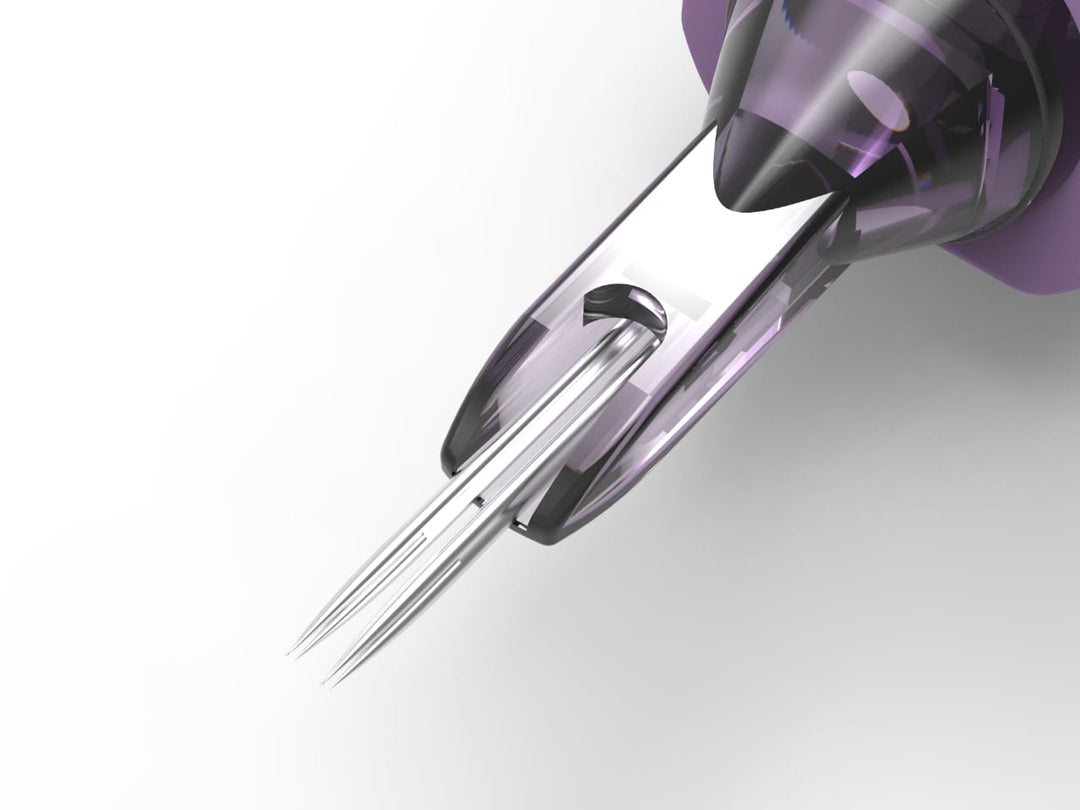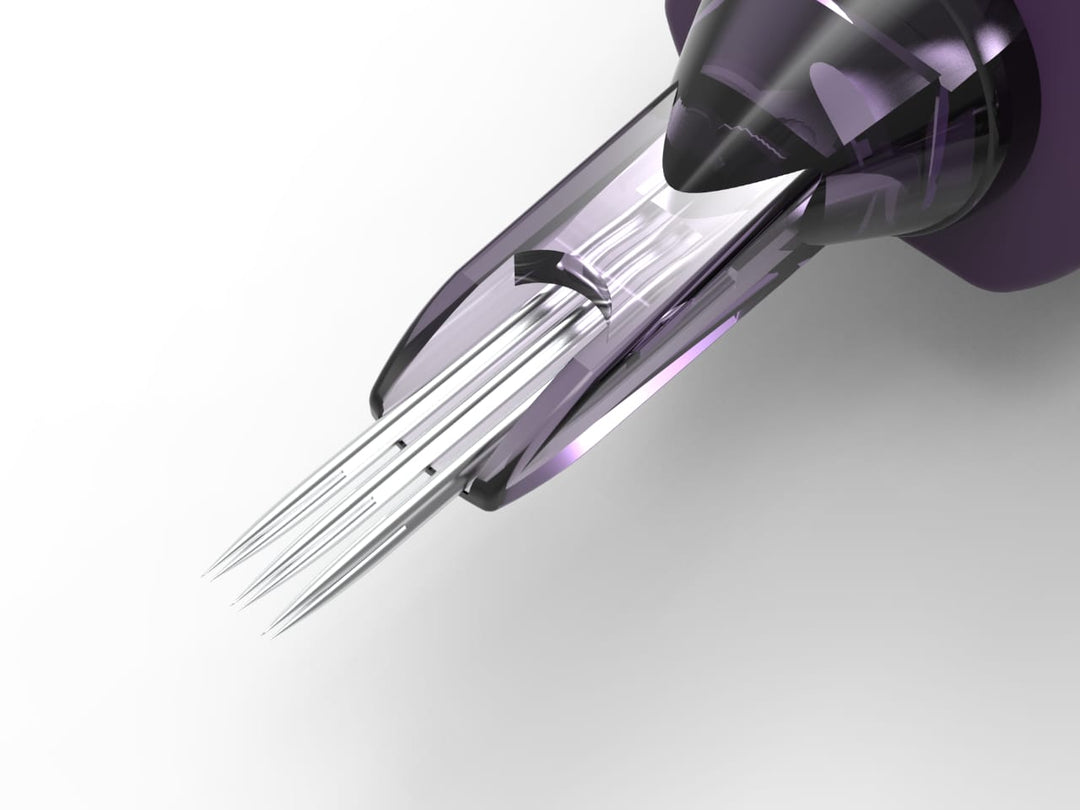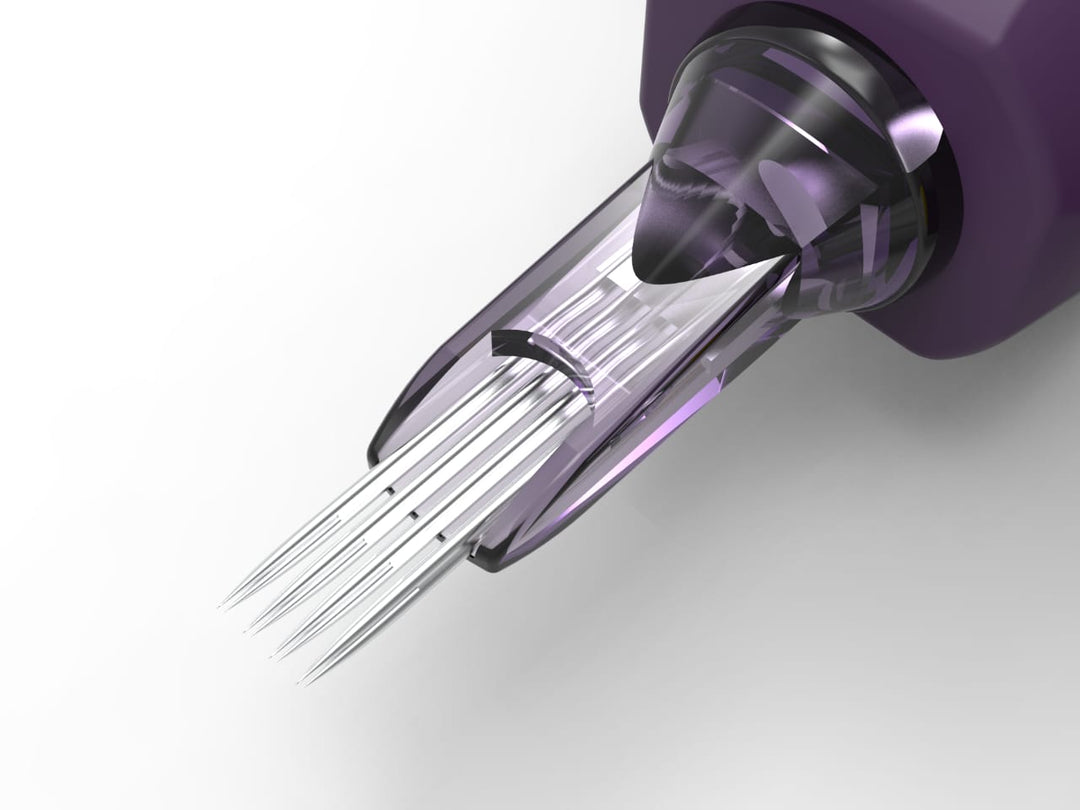Every tattoo artist knows that the right needle can make or break a piece. The details, shading, and lines all depend on selecting the perfect tool for the job. Two of the most common types you’ll encounter are bugpin tattoo needles and standard tattoo needles. While they might look similar at first glance, their differences are crucial for achieving specific artistic effects.
Understanding when to use a bugpin versus a standard needle is a fundamental skill that separates good artists from great ones. This guide will explore the key distinctions between these two needle types, helping you decide which to add to your tattoo needle collection and when to reach for each.
What Are Standard Tattoo Needles?
Standard tattoo needles, commonly referred to as #12 needles, are the workhorses of the industry. The “#12” refers to their diameter, typically 0.35mm. This larger gauge allows for faster ink flow, making them incredibly efficient for outlining and shading larger areas.
When you need to lay down bold, solid lines or fill in color quickly, standards are the go-to choice. Their construction is robust, versatile, and perfect for many foundational techniques.
Key Characteristics of Standard Needles:
-
Diameter: 0.35mm (#12)
-
Ink Flow: Fast and consistent, ideal for bold lines and strong color packing
-
Best For: Traditional tattoos, tribal designs, and work requiring thick, saturated lines
- Versatility: Essential for every tattoo needle collection, covering a wide range of styles
What Are Bugpin Tattoo Needles?
If standards are the workhorses, bugpin tattoo needles are the specialists. Bugpins are thinner than standards, usually #10 (0.30mm) or even #8 (0.25mm). This smaller gauge produces a finer point and slower ink flow, giving artists greater control.
The name “bugpin” comes from the delicate pins used by entomologists to mount insects. True to their name, bugpins deliver intricate precision and are often the choice for artists working on realism, portraiture, and fine-line detail.
Key Characteristics of Bugpin Needles:
-
Diameter: 0.30mm (#10) or 0.25mm (#8)
-
Ink Flow: Slower and more controlled, allowing for delicate effects
-
Best For: Fine line, photorealism, smooth gradients, and pixel shading
- Precision: Gentle on skin, making them ideal for sensitive areas and multi-pass shading
Bugpin vs Standard Needles: A Head-to-Head Comparison
Choosing between bugpin vs standard needles comes down to the task:
- Lining: For bold, prominent outlines in traditional tattoos, standard needles are unmatched. For whisper-thin lines in realism or script, bugpins shine.
- Shading: Need to fill in large areas fast? Standard magnums excel. Want buttery gradients and subtle shadows? Bugpin magnums deliver refined softness.
- Skin Trauma: Bugpins, being finer, can reduce trauma in sensitive spots, an advantage for detailed layering.
- Ink Flow: Standards push ink quickly, perfect for bold saturation. Bugpins slow the flow, letting artists build tone gradually.
Neither type is “better” overall, they’re simply designed for different results. Many professionals keep both in their tattoo needle collection, switching between them in a single piece for maximum versatility.
Build Your Ultimate Tattoo Toolkit
Mastering tattoo artistry isn’t about choosing one over the other, it’s about knowing when to use each. Standard tattoo needles bring power, speed, and reliability, while bugpin tattoo needles offer precision, softness, and control. By understanding their strengths, you can elevate your work and expand your technical range.
Ready to expand your toolkit? Explore our full range of tattoo needles online. At Grip Needles, we engineer premium cartridges that reduce fatigue, maximize precision, and keep your work sharp, session after session.








